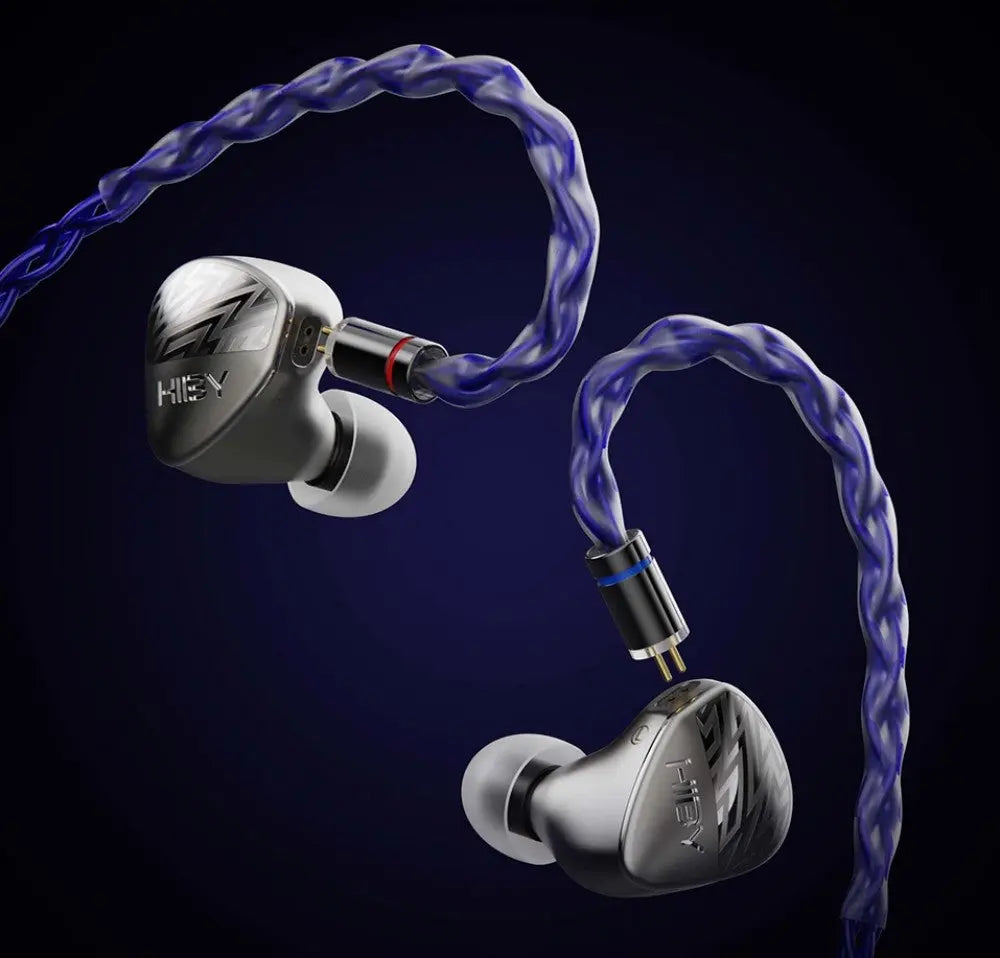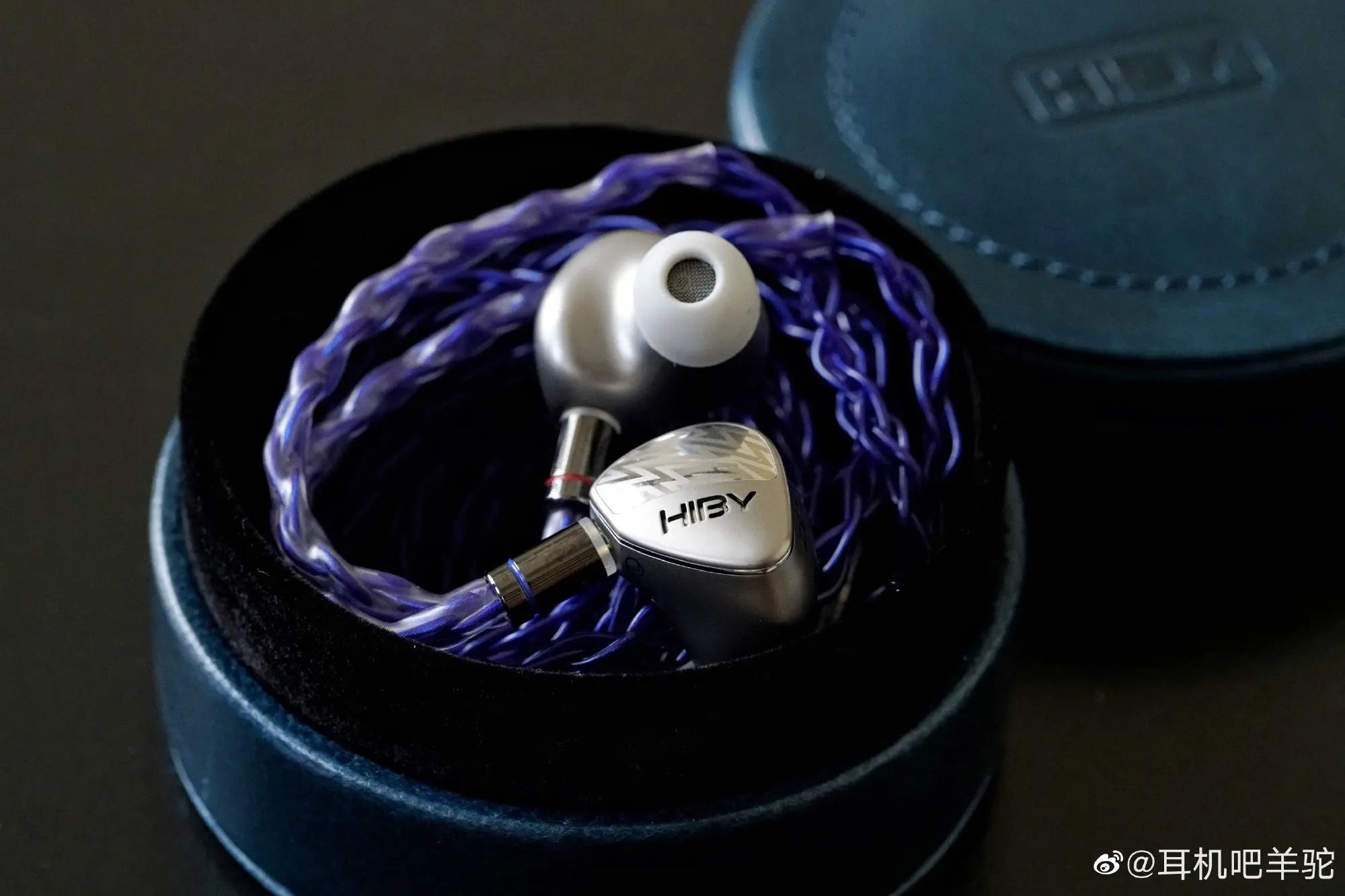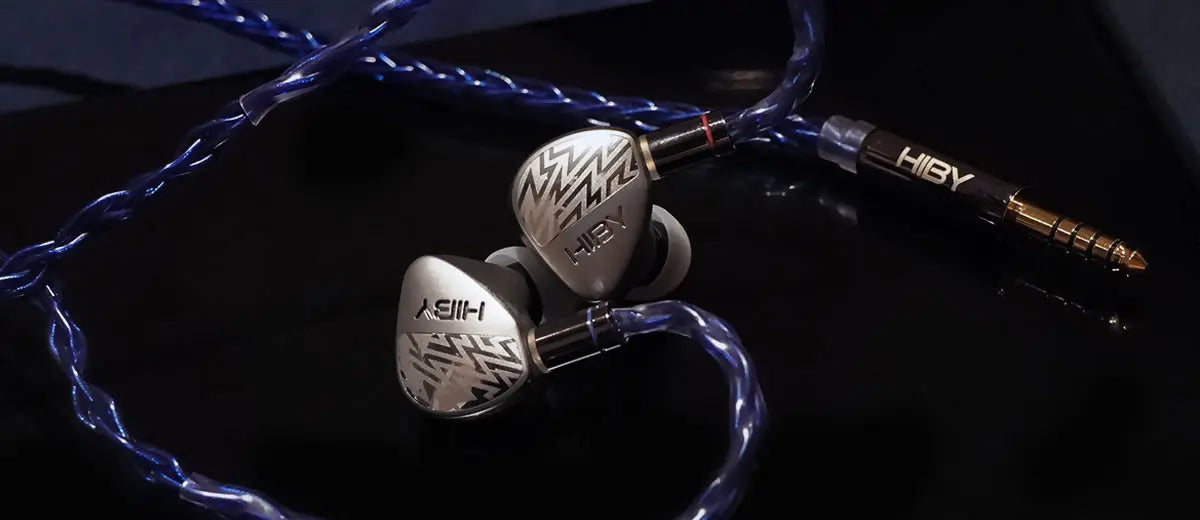Pros: + Warm and engaging tonality
+ Bouncy, fun, yet controlled bass
+ Refined and detailed treble response
+ Resolving and detailed
+ High-level soundstage and imaging
Forewords
- My review aims to tell you where an IEM is within a consistent and simple scale from 1 (poor) to 5 (outstanding). Scores are assigned by A/B tests against benchmark IEMs, regardless of the retail price.
- What I look for in an IEM is immersion. I want to feel the orchestra around me and hear all the details, not for the sake of having details but for realism. IEMs achieving such presentations have a higher rating.
- Ranking list and measurement database are on my IEM review blog.
- This review is based on a loaned unit from HiBy (Thank you @Joe Bloggs!). I have no affiliation with or financial interest in HiBy. The unit retails for USD$1399 at the time this review was published. You can find out more info and get yourself a unit from the HiBy store.
Specs
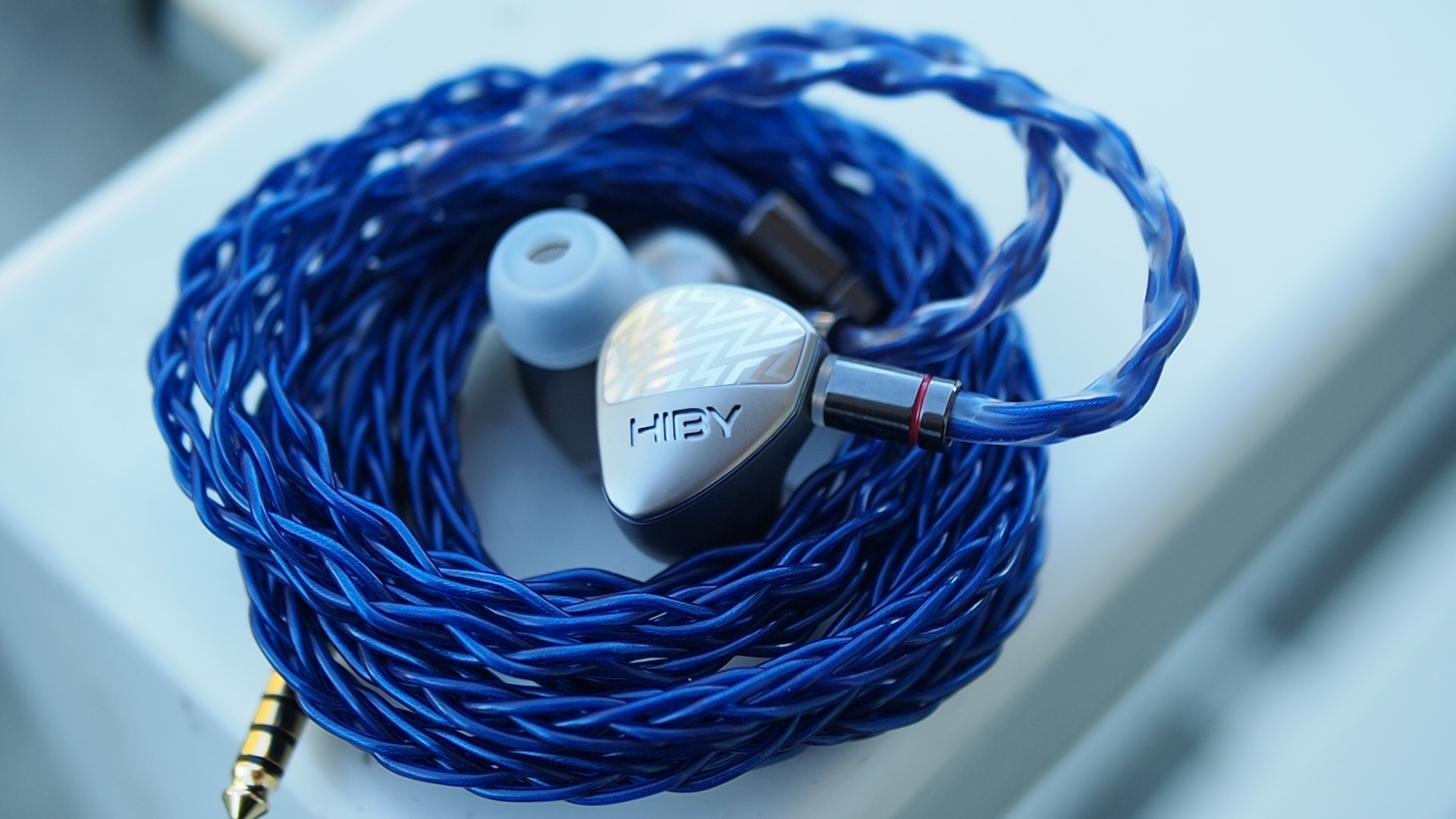
- Driver: 1DD (Liquid Silicone & Kevlar diaphragm) + 1 Mid-Lows BA (Sonion) + 2 Mid-Highs BAs (Knowles) + 1 High BA (Knowles) + 4 Ultra-high ESTs
- Crossover: 5-ways
- Connector Type: 2-pin
- Impedance: 9ohm
- Sensitivity: 112dB/mW
Non-sound Aspects
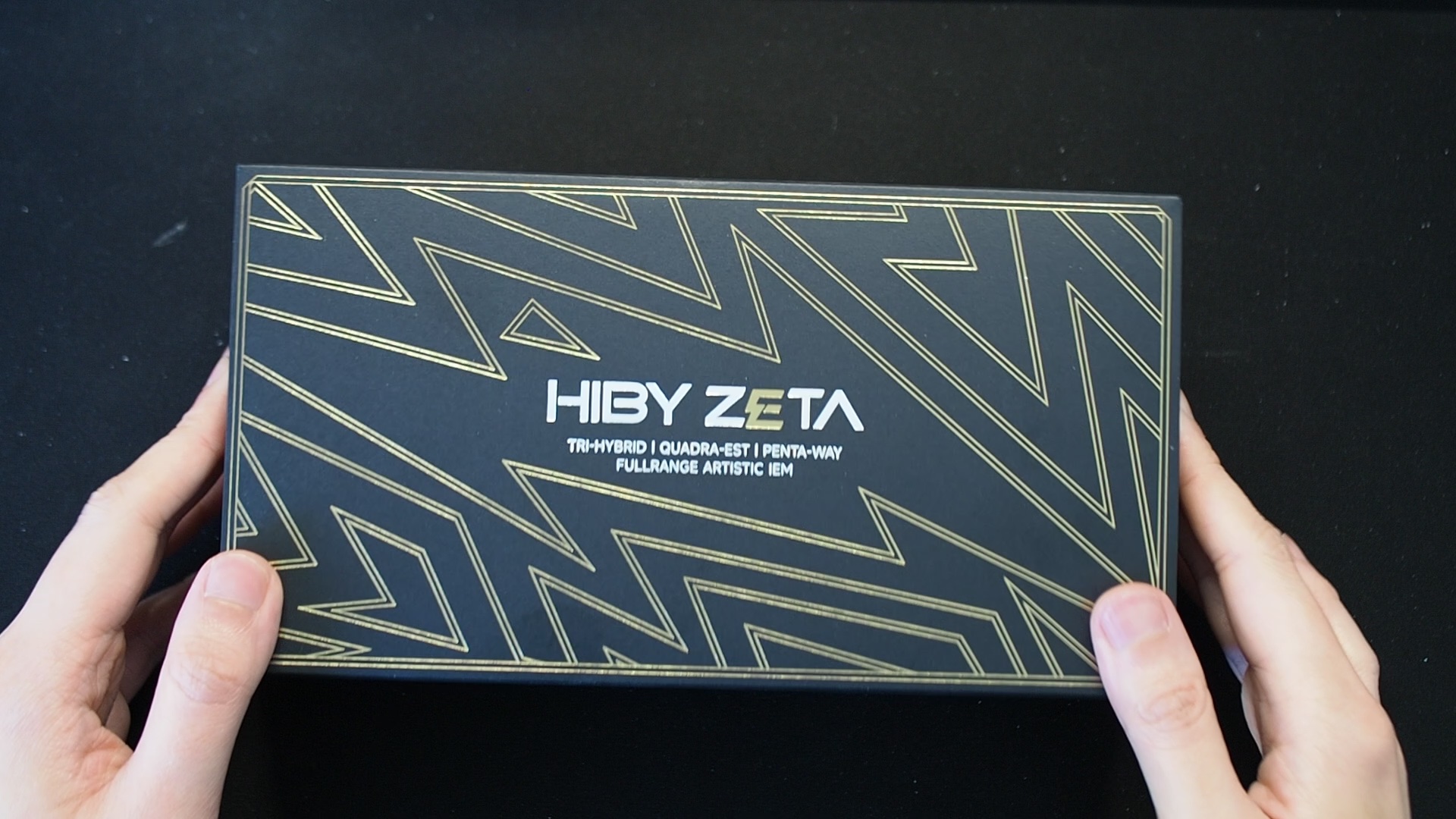
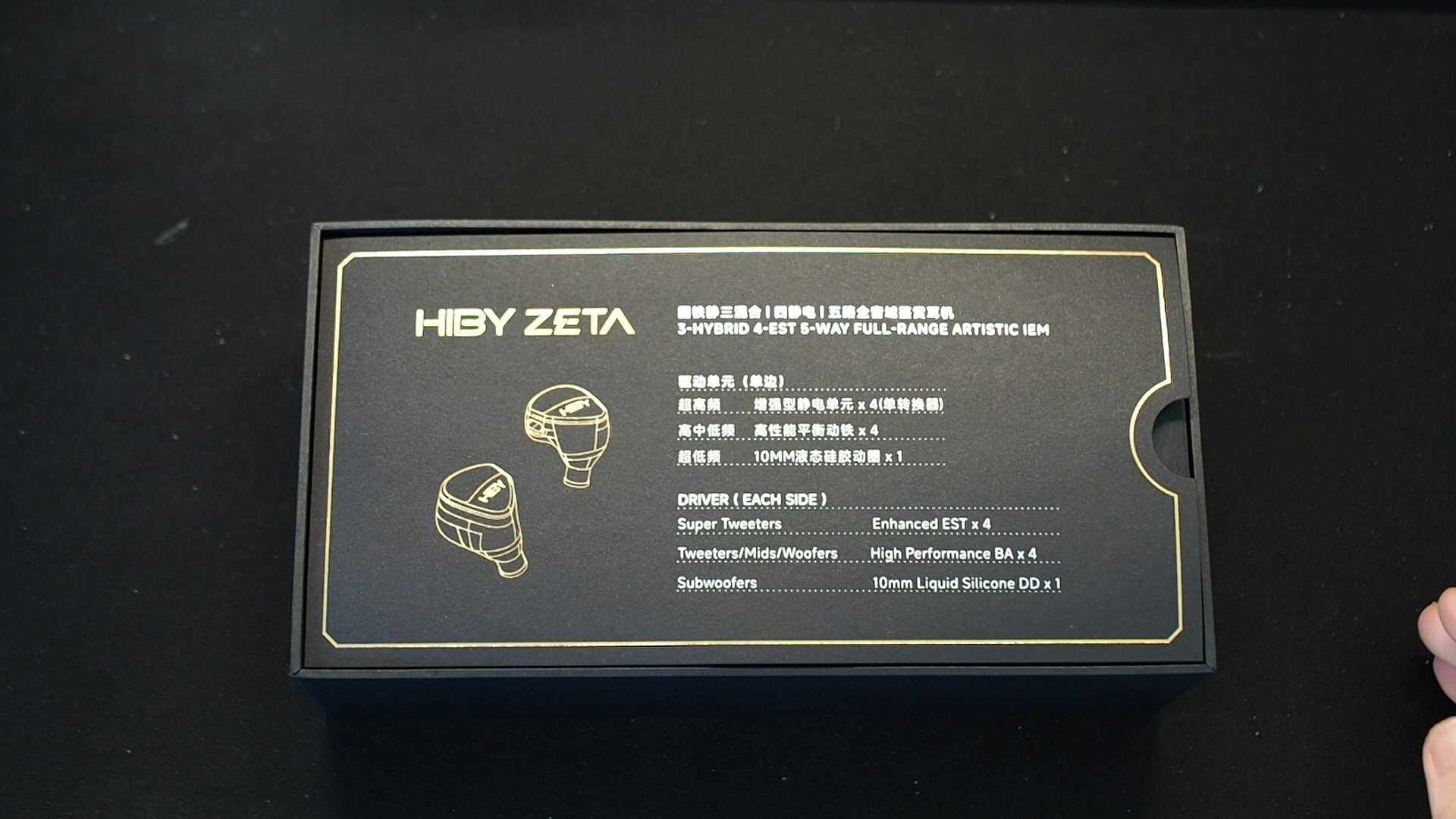
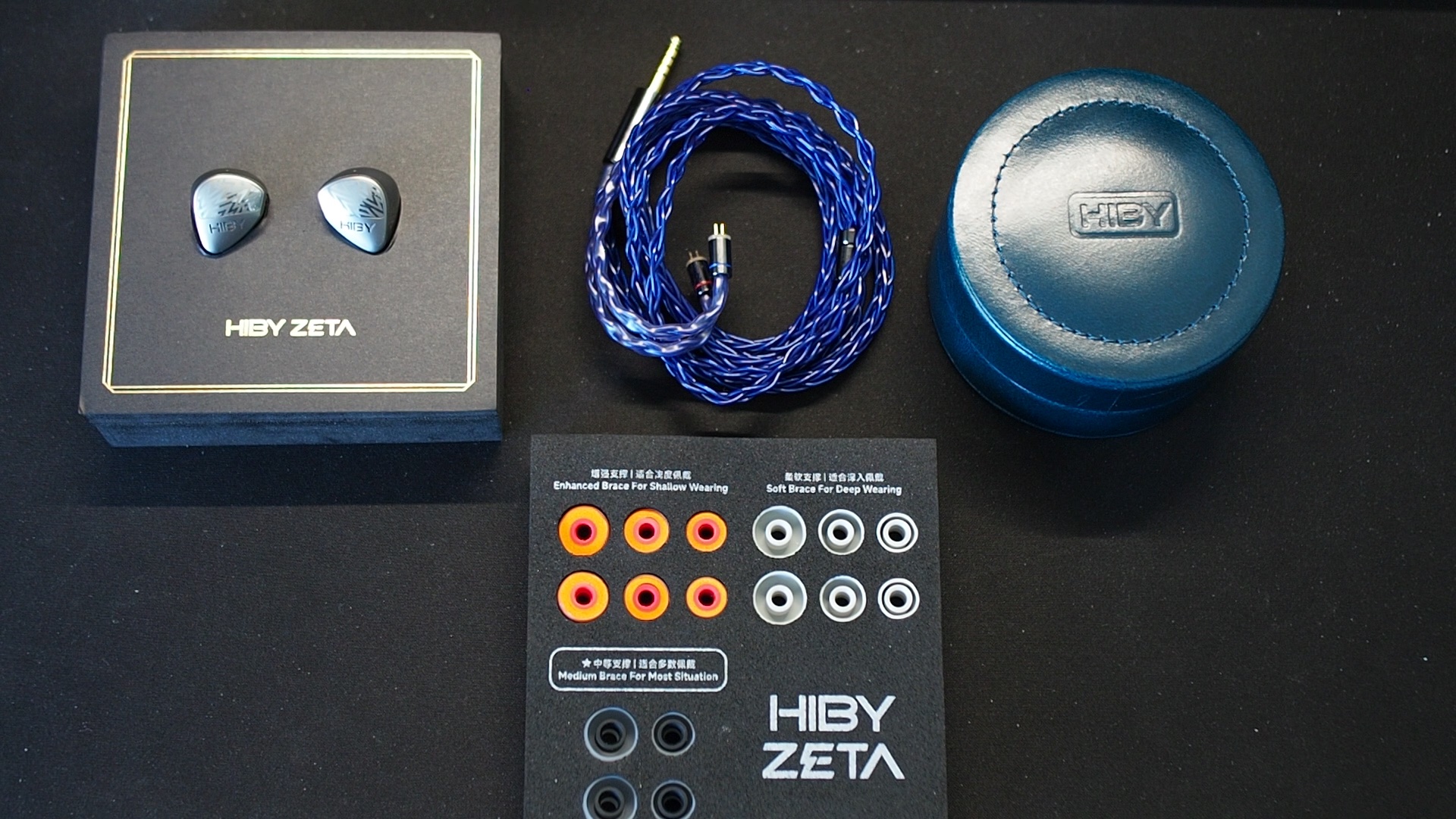
The unboxing experience of Zeta is less glamorous than what I expected from a flagship IEM. However, the content inside the box makes up for the unboxing experience.
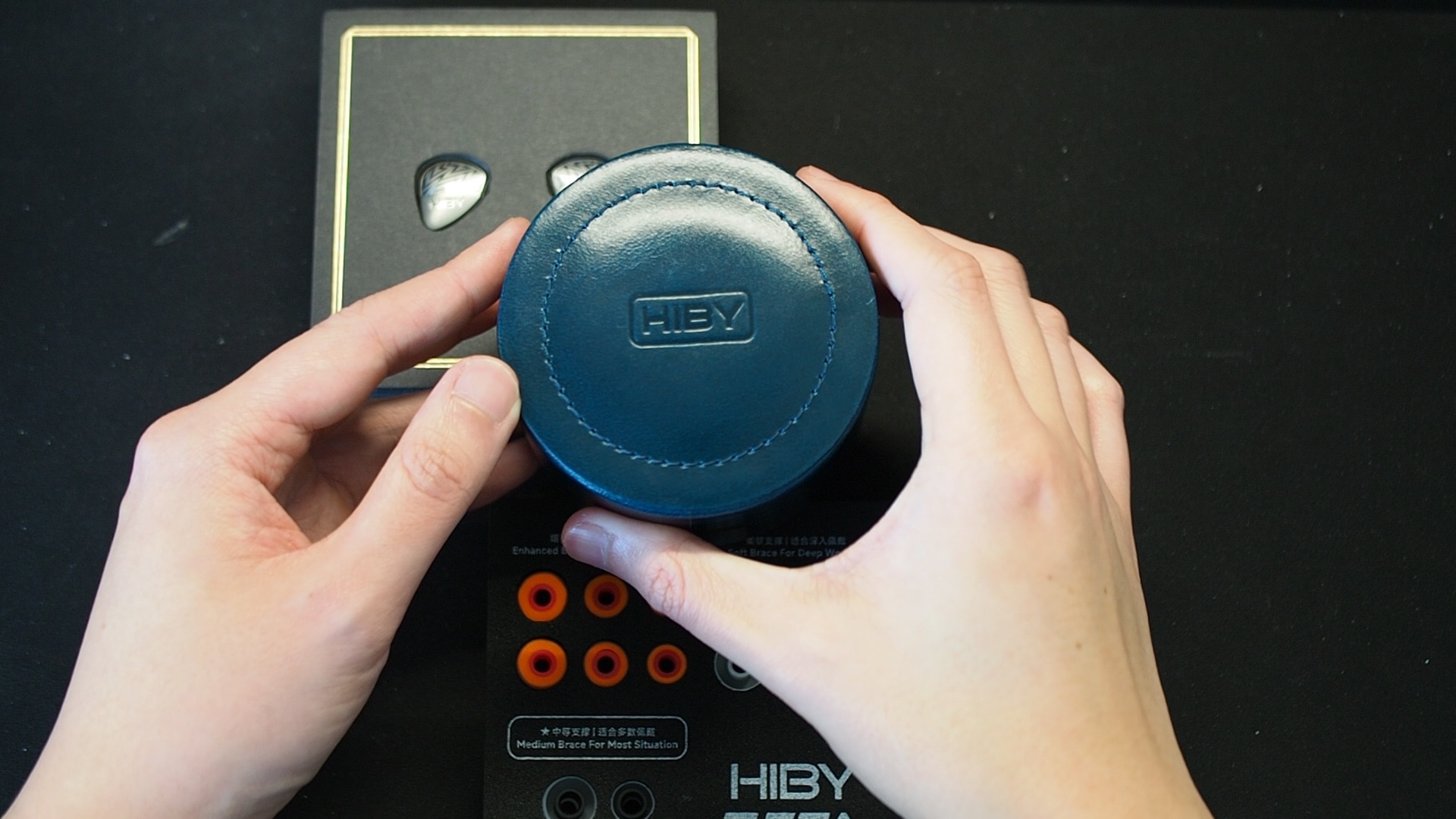
Starting with the case, HiBy packs Zeta with a leather puck case similar in size and shape to the ones used by 64 Audio. The leather and the stitching feel more luxurious than the utilitarian design of 64 Audio. I’m a sucker for puck cases, so you know that this case is a hit to me.
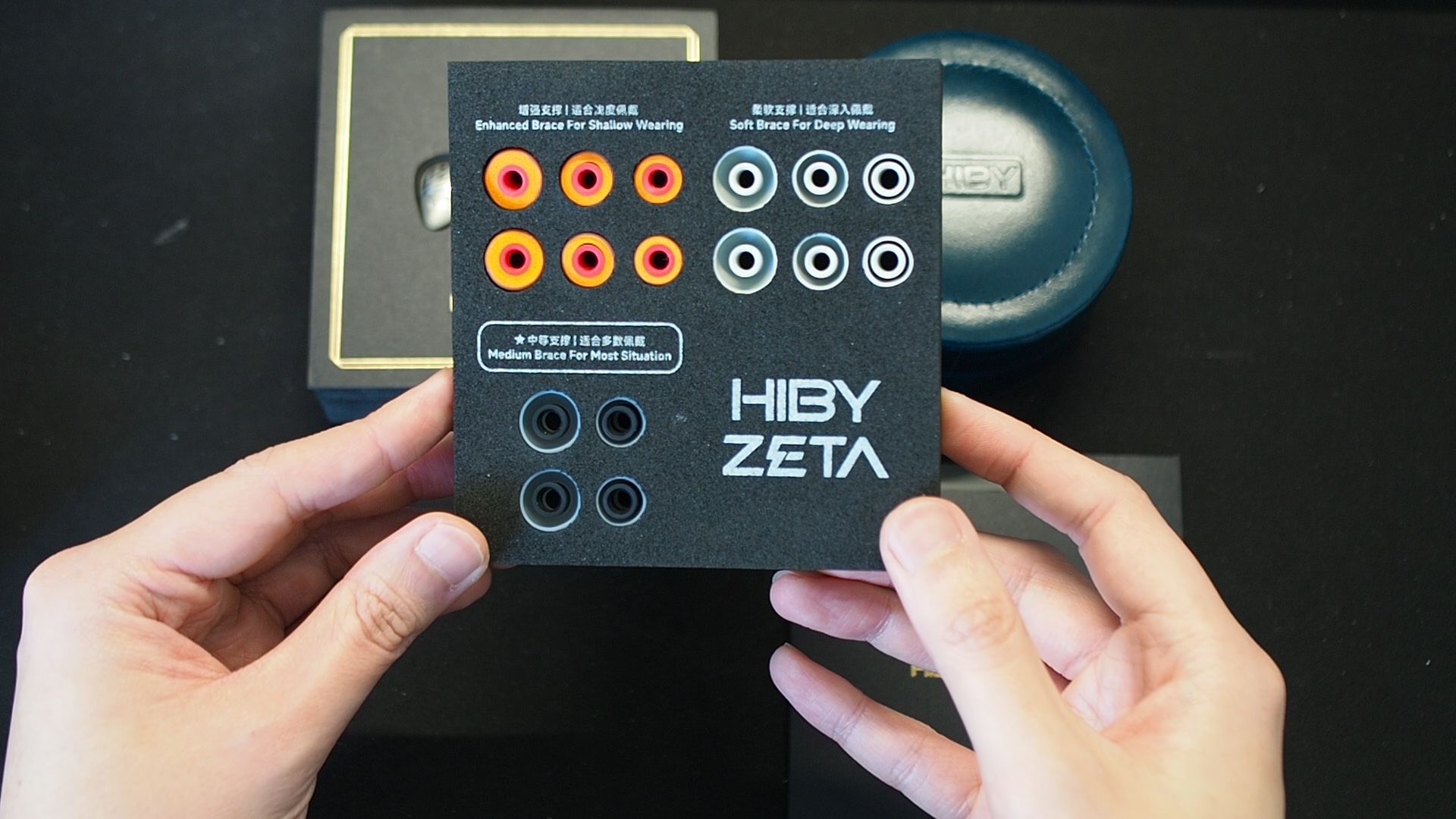
Inside the box, you can find 3 types of ear tips. I find it interesting that the tips provided by HiBy are not for changing tonality but to accommodate different wearing styles (shallow or deep insertion). I was also interested to see the silicone-foam hybrid tips. However, the experience with these tips was worse than my imagination (just because of the tips, not Zeta). I used my Spin Fit CP145 tips for all listening tests.
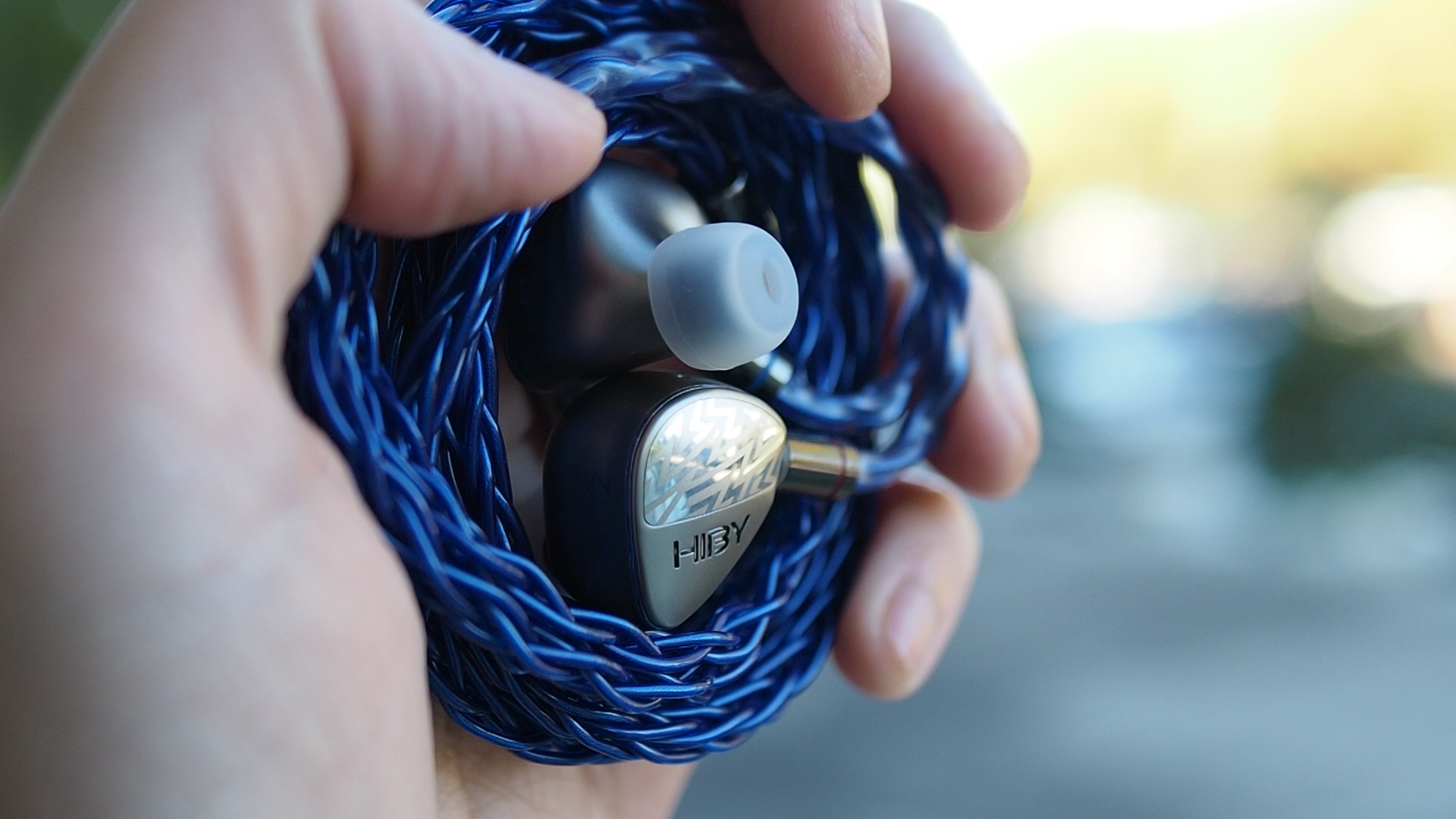
The cable coming with Zeta has a bluish/purple colour. It is thick and strong but manageable and does not get tangled. All the plugs and splitter are well-machined and polished. The cable terminates with a 4.4mm jack, my favourite.
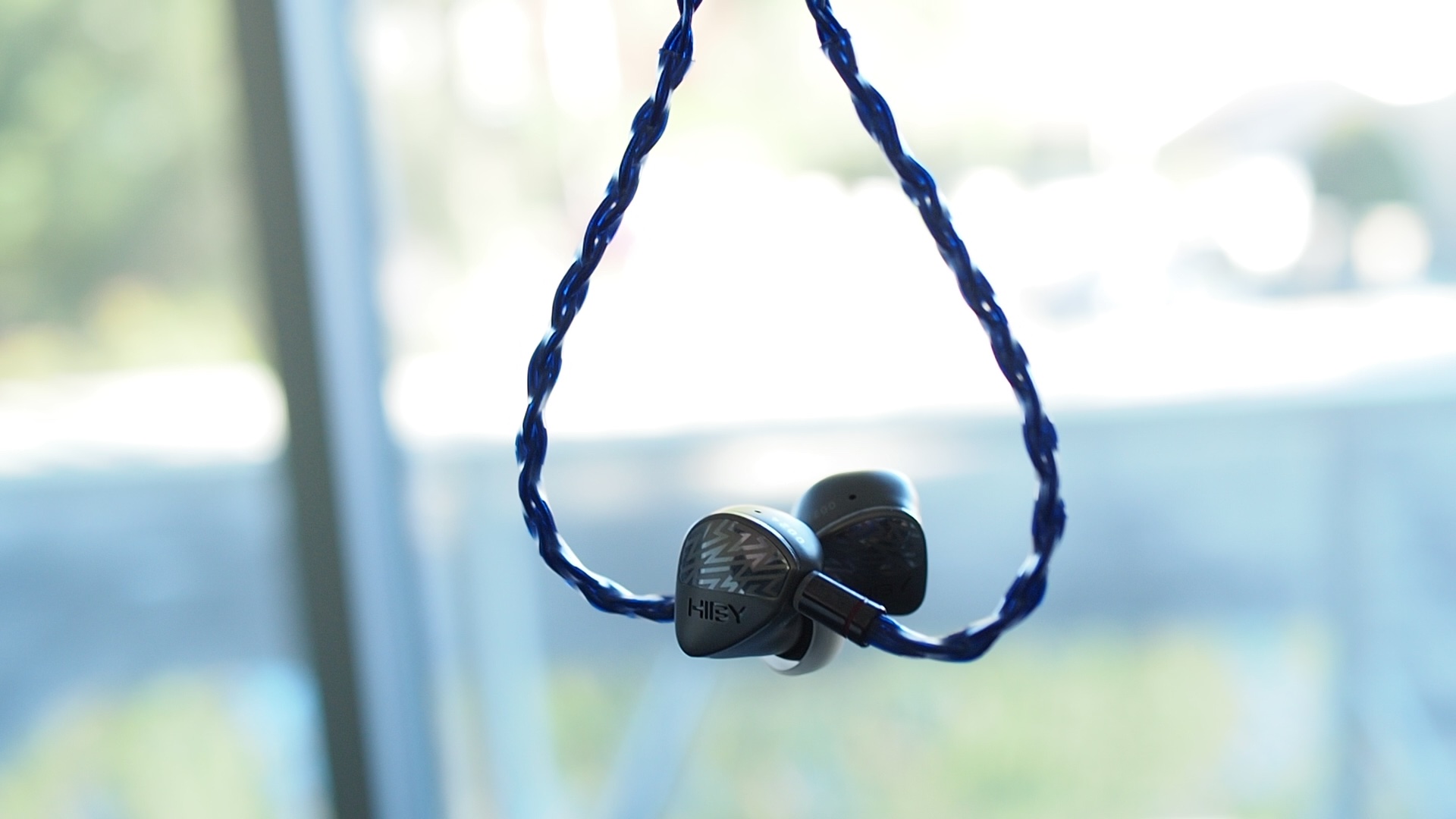
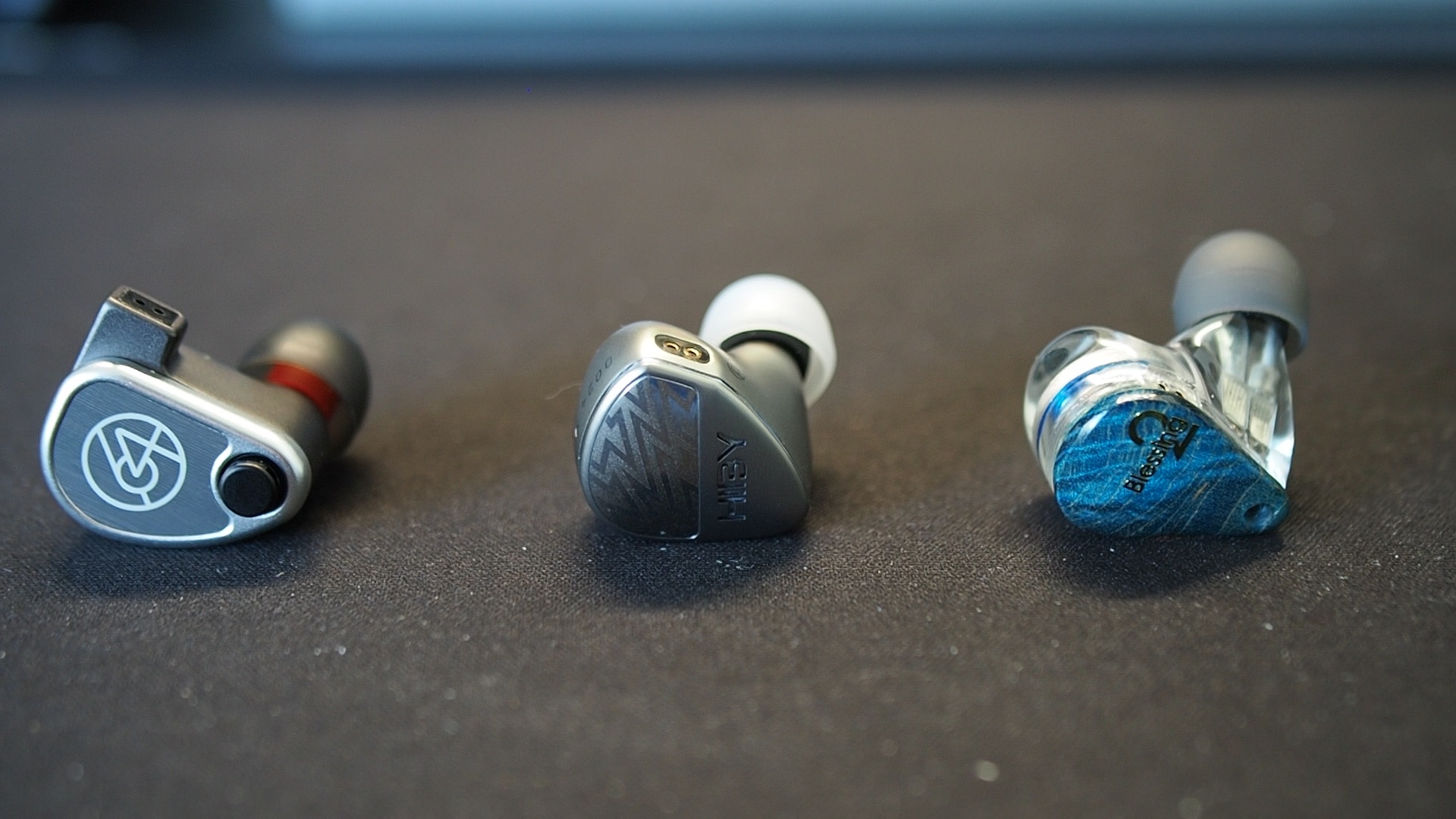
Zeta is a medium-sized IEM machined from titanium. The earpieces feel dense and robust. Similarly to the FiiO FH9, which also features titanium shells, Zeta never feels too cold to the touch. The shells have some visual flair, mirror-polished patterns, and an engraved company logo.
I did not experience discomfort when testing Zeta, though I needed to let my ears rest after every few hours. Even though Zeta has venting, it does not feel as open as 64 Audio IEMs with APEX vents.
How it sounds
Sources for listening tests:- Fiio K7 (for all A/B tests)
- Shanling M6 Ultra
- Hidizs S9 Pro
All of my listening was done with Spin Fit CP145 ear tips. I listen at a medium volume. I usually turn up the volume until the midrange is fully audible and detailed, unless a treble peak or overwhelming bass prevents me from doing so.
Tonality and Timbre: 4/5 - Good
Frequency response of Zeta. Measurements were done with an IEC-711-compliant coupler and might only be compared with other measurements from this same coupler. Visit my graph database for more comparisons.
Tonality or “tuning” is where objectivity and subjectivity meet. Objectivity exists in the squiggly lines above, called Frequency Response (FR) graphs. They are created by sweeping a signal from 20Hz to 20kHz and measuring the corresponding loudness coming from an IEM. Unless a human operator deliberately tampers with the microphone or the data, FR does not care about the price or prestige of an IEM and, therefore, is “objective.”
However, human listeners are not microphones. Our ears and brain interpret the sound and decide whether it is “enjoyable.” It is also beneficial to remember that when you play a note on a musical instrument, multiple sounds (fundamental and harmonic) appear simultaneously and mix together. Achieving a life-like balance between frequencies and adding a tasteful amount of imbalance (“colouring the sound”) is the hallmark of an excellent tonality.
The tonality of Zeta can be described as warm, moody, and pleasant. Upon first listening, you might find Zeta somewhat generic and pedestrian. But soon, the bass and the warm midrange start to suck you in and never let go. Zeta can handle any genre and never gets harsh or unnatural. These IEMs work incredibly well with commercial music. They also work well with orchestral and cinematic music, though, for my personal preference, I want the midrange to be a bit more open and the treble air a bit more emphasised.
Let’s break down the response of Zeta and relate the subjective experience to the measurements.
The star of Zeta’s tonality is the bass response. The peak of the bass shelf is also the highest or loudest point of the entire frequency response of Zeta. However, the emphasis on the bass is not as extreme as a true basshead IEM, like 7Hz Legato. Zeta focuses on the sub-bass region but does not neglect the mid-bass region. As a result, you can hear and feel the bass.
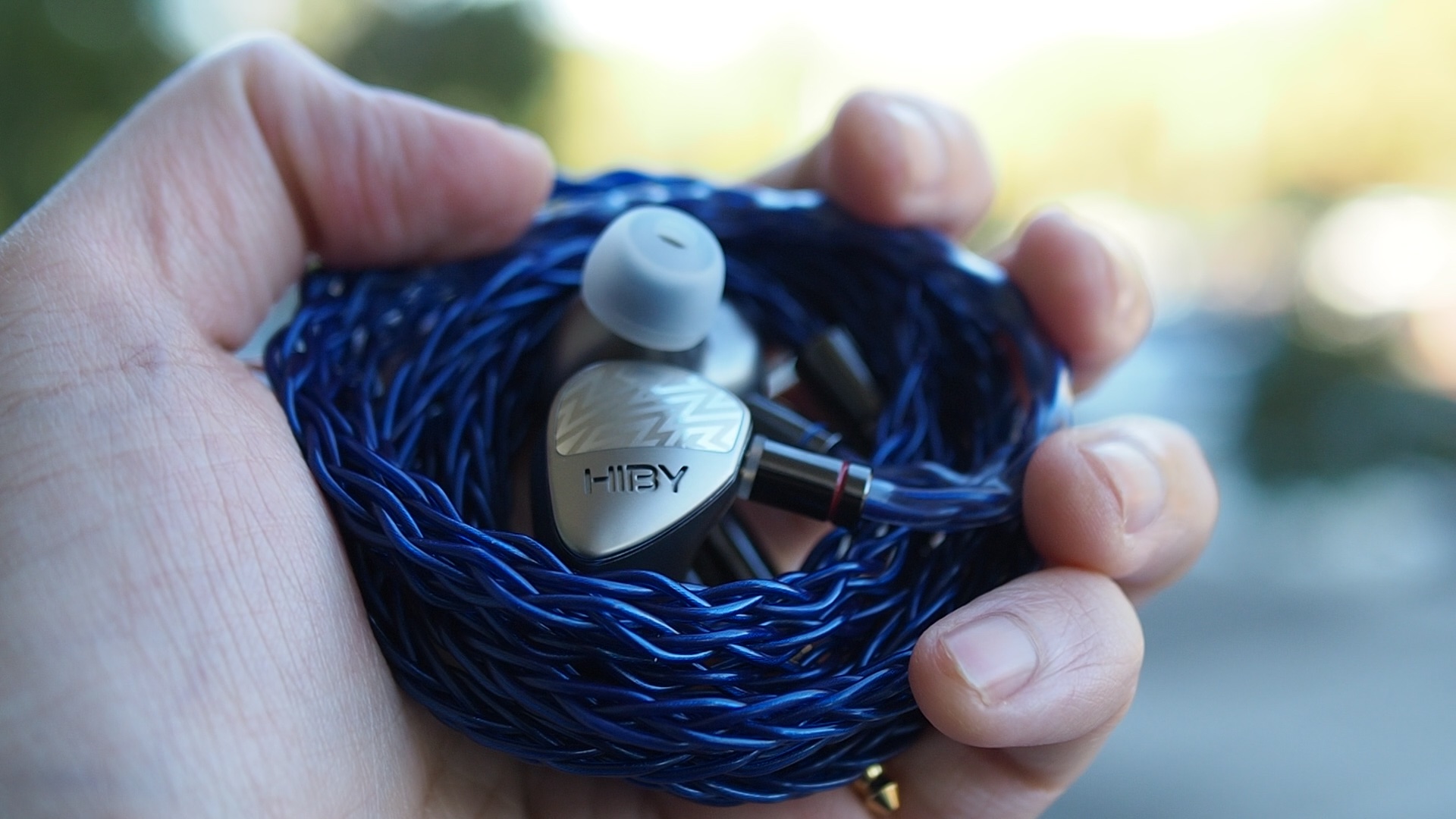
The midrange of Zeta is warm and has a thicker note weightthan neutral because it does not have a distinct separation between midrange and bass. There is a solid boost of 5dB above neutral in the lower midrange region, around 250Hz. Depending on your music library and preference, this tuning can be musical or muddy.
The upper midrange of Zeta is mild but correct. The ear gain from 1kHz to 4kHz has the right shape and a sensible amount of only around 8dB above neutral. This tuning ensures that most instruments and female vocals are natural. It means no hollowness, honkiness, boxiness, or other nasties exist. At the same time, Zeta’s midrange is never shouty or in-your-face.
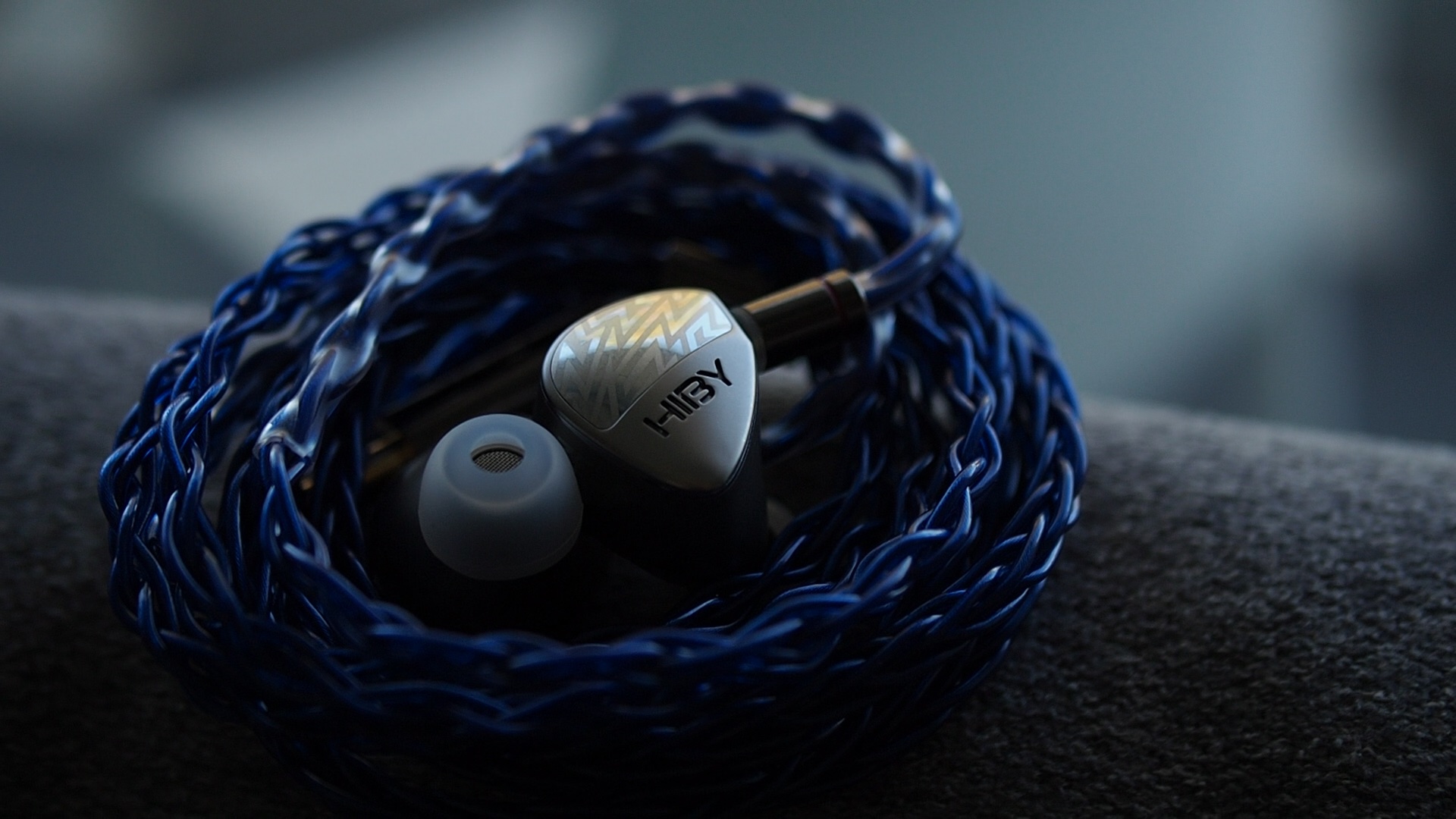
The treble region is another star of Zeta’s response. It provides “special effects” to the mild and warm midrange, making the listening experience exciting and special.
The treble region has a few interesting characteristics:
- There are emphasises at 5kHz and 8kHz to improve note definition, highlight note attacks (e.g., string plucks, bow attacks, stick impacts), and provide sparkles to cymbals and chimes.
- We have a strategic dip at around 6-7kHz to remove harshness and sibilance.
- We have a slight roll-off in the upper treble region from above 10kHz. However, luckily, the all-important 15kHz region still maintains adequate energy.
In summary, I find the tonality and tuning of Zeta to be a lesson about balance. The Zeta is mild, warm, and pleasant. Yet, it is also powerful and exciting. That being said, I do have two complaints. Firstly, the 250Hz could be dropped by a few dB to open up the midrange just a touch. Secondly, the air region centring around 15kHz could be further emphasised to highlight that addictive EST treble. So, I say Zeta’s tonality is 4/5 - Good, but it could be even better.
Resolution, Detail, Separation: 4.5/5 - Very Good
......

